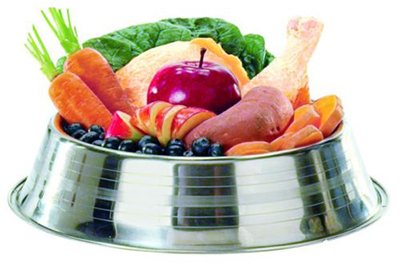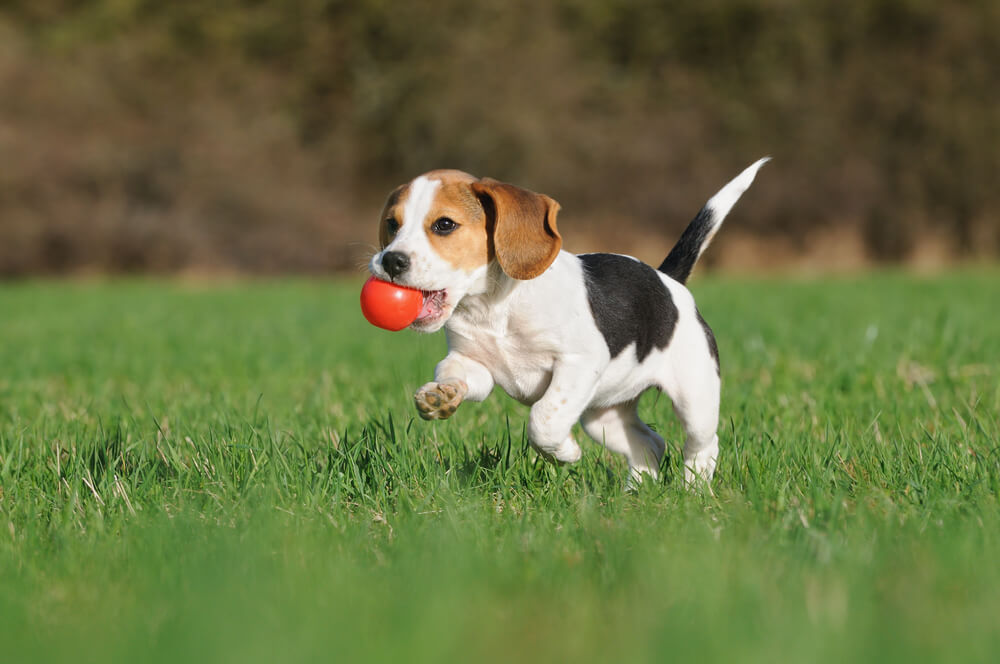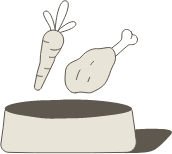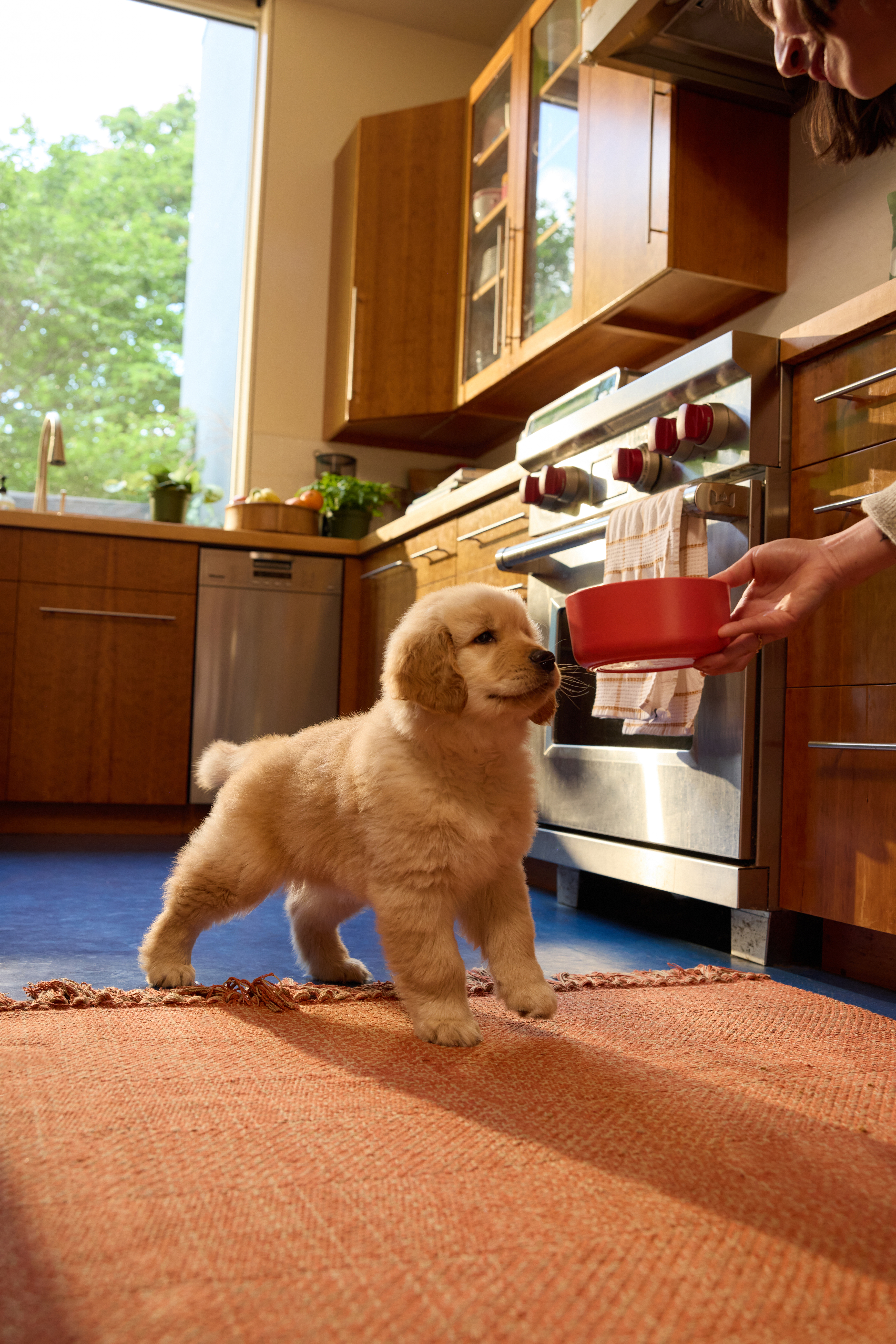Hey Ollie blog readers! We’re offering you an exclusive 60% OFF your starter box! Try now!
Ever since we colored pictures of food pyramids, plate portions, and vegetable rainbows during grade school, we’ve had a picture of what a balanced diet looks like for those of us on two legs. But what does that picture look like for our four-legged family members?
Well, as long as you can count to three, you can keep track of this. In a nutshell (or a dog bowl, as the case may be), a balanced diet for dogs is made up of meat protein, fats (comprised of fatty acids), and carbohydrates.

That’s it. Along with plenty of water, these three elements contain the optimal vitamins, nutrients and minerals your dog needs to fuel a healthy body and promote longevity. The percentages of protein, fats and carbs can vary a little across the lifespan of the dog, but roughly speaking, the balance is in fairly equal thirds. Compare this to traditional dry kibble, which can be composed of as high as 90% carbohydrates. (And no, that’s not a typo–ninety percent.)
Of course, the quality of the ingredients is the other component of a "balanced" diet. Since essential nutrients and amino acids are absorbed most effectively through quality, real ingredients, the more food is processed, the less your dog gets out of it. If you’re not in the habit of deciphering pet food labels, you might be giving your dog the nutritional equivalent of spray cheese.
What are the best sources of these essentials? Let’s break it down:
- Meat Protein: beef, lamb, chicken, duck, salmon, herring and organ meats including kidney, liver, heart, gizzard and spleen
- Fats: naturally occurring fats in meat proteins, cod liver oil, sunflower oil, flaxseed oil, and safflower oil
- Carbs: nutrient-dense starches, vegetables and seeds including sweet potatoes, potatoes, carrot, peas, spinach, sunflower seeds and chia seeds
Not to point out the obvious, but these are all words you recognize and can easily pronounce. It’s a good litmus test for an ingredient list, and great for keeping a mental picture of what a balanced dog diet looks like.
The Ollie blog is devoted to helping pet parents lead healthier lives with their pups. If you want to learn more about our fresh, human-grade food, check out MyOllie.com.
Tagged As:
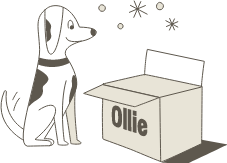
The nutrition your dog needs,
the food they want.

Enjoying our articles? Subscribe our Newsletters and get new articles directly to your inbox
You might also like
17 October 2025
6 MINS READ
Choosing the Best Food to Fuel Your Puppy’s Strong Future
As a new pup parent, you have the responsibility of laying the foundation for your puppy’s future health. The nutritional choices you make during their first year are crucial, directly influenci…
by Ollie Pets
17 October 2025
3 MINS READ
Gentle Human-Grade Solutions for Sensitive Stomachs
Watching your dog suffer from a sensitive stomach is always stressful, and the constant worry about gas, loose stools, or vomiting can be overwhelming. Fortunately, a high-quality, easily digestib…
by Ollie Pets
17 October 2025
5 MINS READ
Choose Fresh: The Best Dog Food for Allergy Relief
As a pup parent, there’s nothing worse than seeing your dog in distress. The constant scratching, irritated skin, or upset stomach that comes with allergies can be heartbreaking. The good news is …
by Ollie Pets
